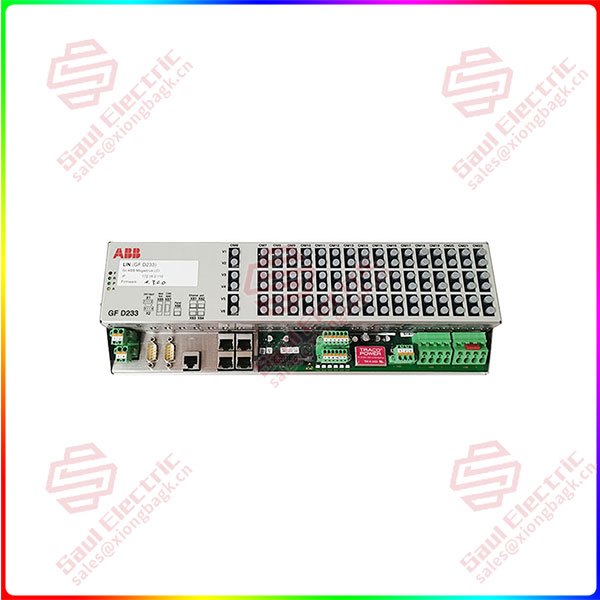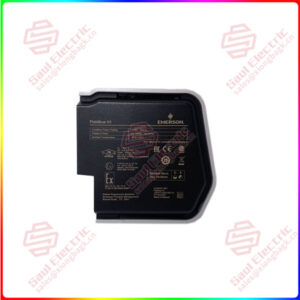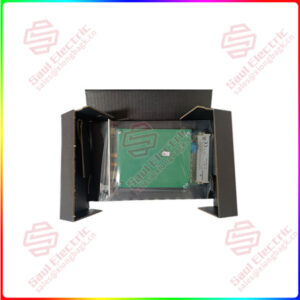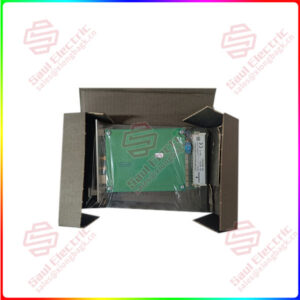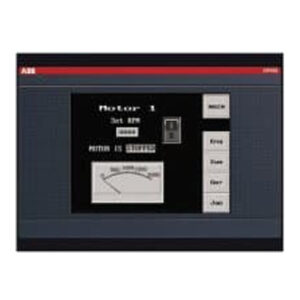Description
Overview
Essential details:GFD233 PEC80-CCM GFD233A Static controller
lf you need to inquire or purchase ,please send the product models to my email or call medirectly .
sunny He
[Email] sales@saulcontrol.com
[Mobile] 86-18059884797
[WhatsApp] 86-18059884797
[Skype] sales@saulcontrol.com
GFD233 PEC80-CCM GFD233A Static controller
Static Transfer Switches (STS) are widely used in many fields, mainly to ensure the stability and continuity of the power supply. Here are some of the main areas of static controller application:
Data Center and Information Technology:
Data center: The static controller is used to ensure the continuous power supply of servers, storage devices, and network devices to prevent data loss or service interruption caused by power interruption.
Communication facilities: In telecommunications towers, base stations and other communication facilities, static controllers are used to maintain the continuous operation of communication equipment and ensure the stability of communication networks.
Healthcare:
Hospitals and clinics: Power stability for medical devices is critical, and static controllers ensure that medical devices (such as ventilators, dialysis machines, monitors, etc.) can seamlessly switch to backup power in the event of a power failure, keeping patients alive.
Laboratory equipment: In scientific research and experimental environments, maintaining the continuity of the power supply of experimental equipment is critical to the accuracy of experimental results and the long-term stability of the equipment.
Industrial Automation:
Production lines and equipment: In the manufacturing and processing industries, static controllers are used to ensure the continuous operation of production equipment, reducing production disruptions and losses due to power supply problems.
Control systems: In industrial automation control systems, static controllers are used to protect critical control components and ensure the smooth progress of production processes.
Building and commercial facilities:
Commercial building: Ensure the power stability of key facilities such as lighting, elevators and air conditioning in the building, and provide a comfortable office environment.
Public facilities: such as airports, railway stations, stadiums, etc., static controllers are used to ensure the continuous operation of public facilities and maintain public safety and convenience.
Energy and Utilities:
Energy facilities: In renewable energy systems such as wind power generation and solar power generation, static controllers are used to ensure the smoothness and continuity of power conversion and improve the reliability of the energy system.
Water and wastewater treatment: In these facilities, static controllers are used to protect critical pumps and other equipment, ensuring continuous water and wastewater treatment processes.
Transportation:
Railway systems: In critical applications such as railway signalling systems and train control, static controllers are used to maintain the stability of the power supply and ensure the safe operation of trains.
Aviation facilities: In scenarios such as airports and aircraft, static controllers are used to ensure the power supply of critical equipment and maintain aviation safety.
In general, static controllers have a wide range of applications in the field of high-reliability power supply protection, they ensure the continuous operation of critical equipment and systems, thereby protecting people’s lives, maintaining the stability of production processes and promoting the normal operation of society.


 1 Year Warranty
1 Year Warranty
